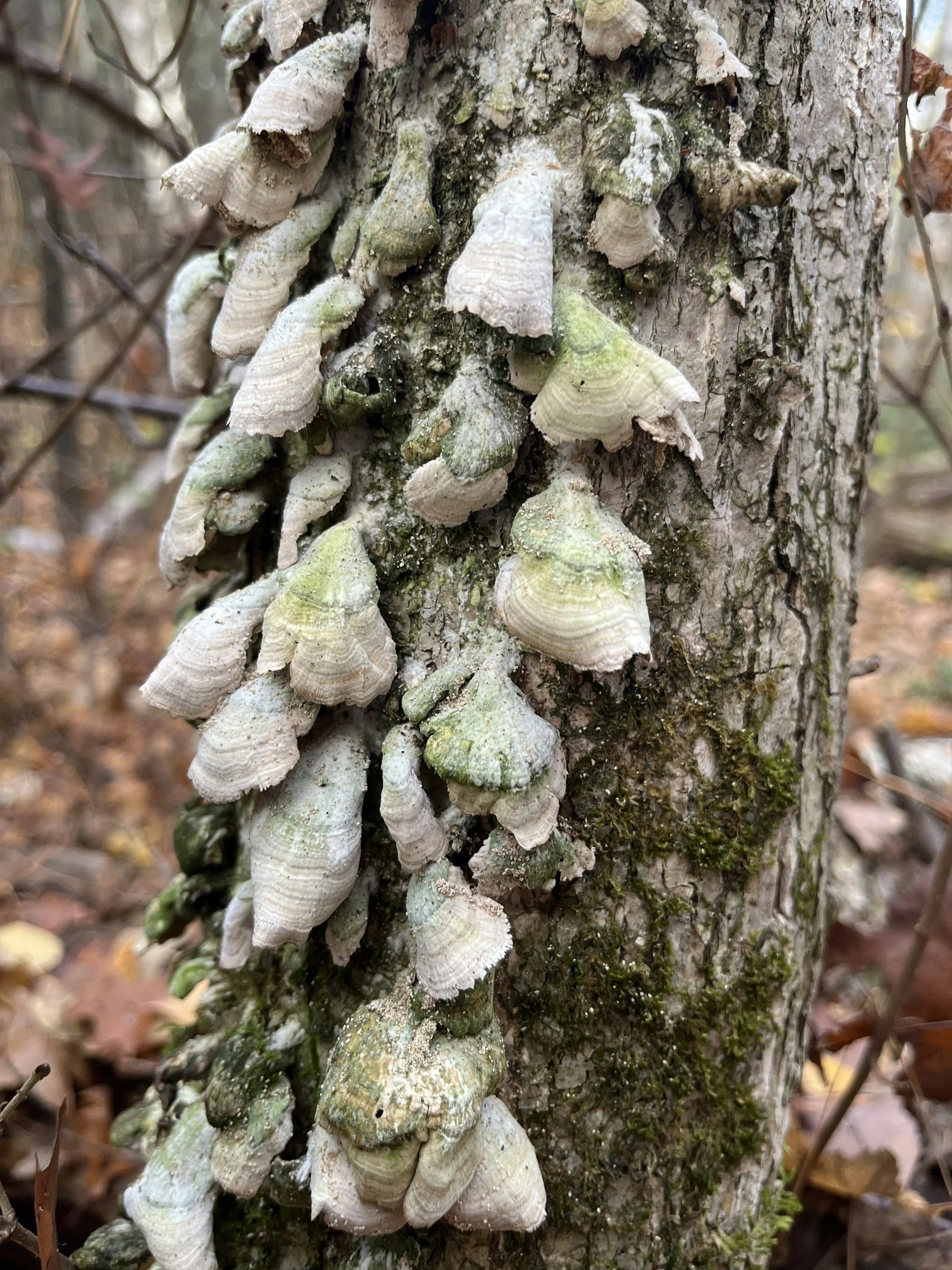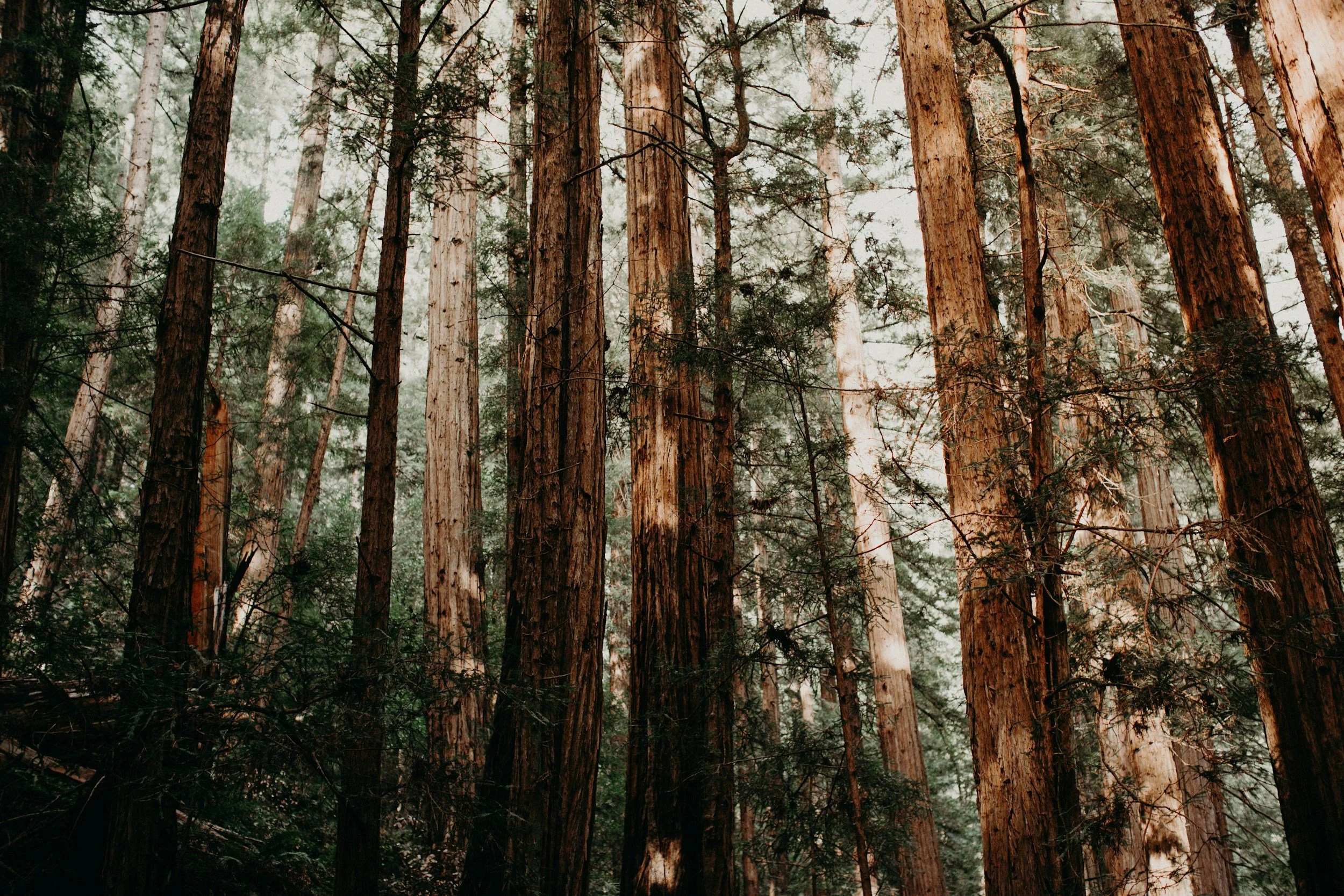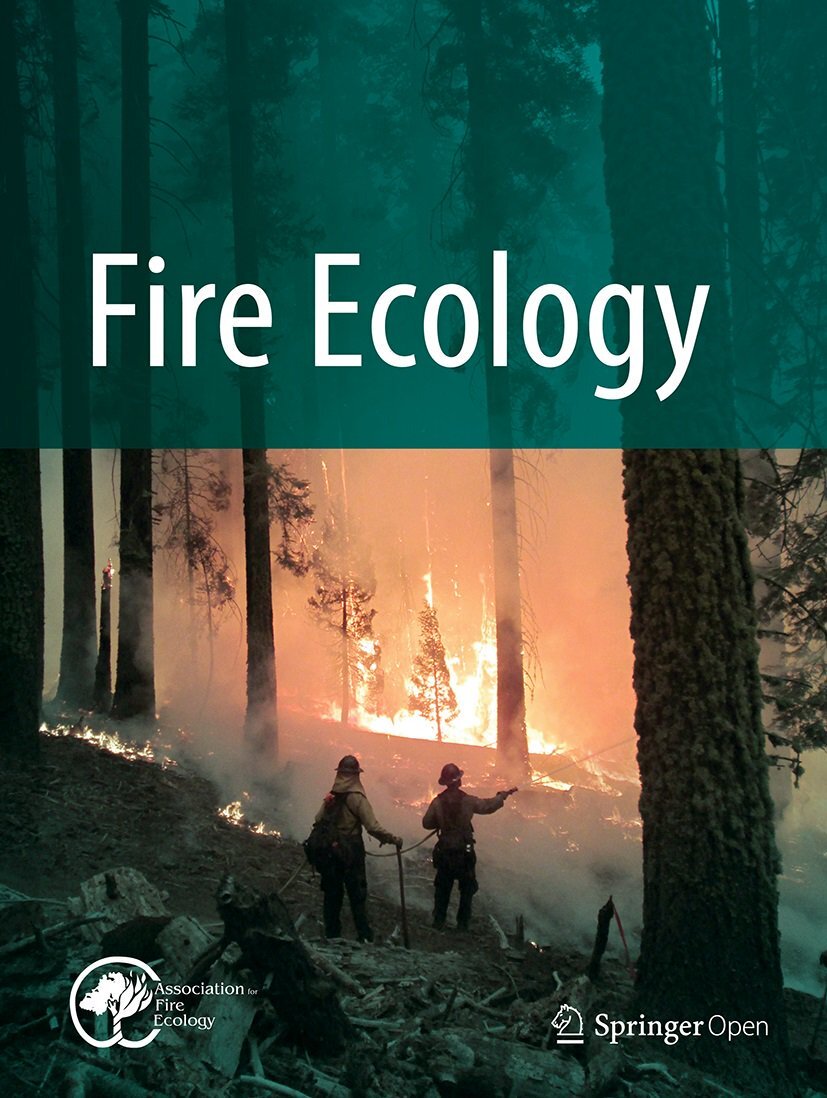
Fire Ecology is an international scientific journal supported by the Association for Fire Ecology and published by SpringerOpen. You can freely access and submit articles on the journal website. Also, make sure to follow @SpringerEcology and @fireecology for the latest posts, or search #SNFECO.
journal news
Congratulations to Sharon Hood for being awarded 2025 Outstanding Associate Editor for Fire Ecology!
An article recently published in Fire Ecology examines evaluating fuel treatments and fire suppression operations through the 2021 Bootleg Fire of South-Central Oregon.
An article recently published in Fire Ecology examines using herbivory as a supplement to prescribed fire in areas with limitations.
An article recently published in Fire Ecology examines how oak-juniper woodlands respond to crown fires in Fort Cavazos, and how that affects species like the endangered golden-cheeked warbler.
Congratulations to Dave Peterson for being awarded 2024 Outstanding Associate Editor and Karen Short for receiving the 2024 Journal Service Award for Fire Ecology.
Congratulations to Becky Kerns for being awarded 2023 Outstanding Associate Editor for Fire Ecology.
Congratulations to Morgan Varner for being awarded 2022 Outstanding Associate Editor for Fire Ecology.
AFE and Fire Ecology were recently made aware of issues concerning the journal’s classic reprints, and our Journal Committee and the Diversity and Inclusivity Committee are working together to address these concerns.
Congratulations to Jeff Kane for winning the Outstanding Associate Editor Award for 2021!
Research Highlights of recent articles
An article recently published in Fire Ecology examines climate change in recent decades and how it impacts ecological resilience, vegetation trajectories, and fire regimes.
An article recently published in Fire Ecology examines evaluating fuel treatments and fire suppression operations through the 2021 Bootleg Fire of South-Central Oregon.
An article recently published in Fire Ecology examines using herbivory as a supplement to prescribed fire in areas with limitations.
An article recently published in Fire Ecology examines how oak-juniper woodlands respond to crown fires in Fort Cavazos, and how that affects species like the endangered golden-cheeked warbler.
This research highlight summarizes a synthesis article that provides the first broad-scale diagnosis of fire effects in South America, helping to visualize strengths, weaknesses, and gaps in fire research.
An article recently published in Fire Ecology examines changes to the widely used Monitoring Trends in Burn Severity (MTBS) program and discusses how these changes may impact the user community.
Fire Ecology Chats: a PODCAST Featuring research and science published in the journal fire ecology
Christian Heisler discusses unearthing harmful narratives and confronting the ideologies within wildfire protection plans.
Cole Buettner, Tyler Aldworth, and Michelle Greiner discuss investigating the use of the Incident Strategic Alignment Process (ISAP) and the value this process brings to managers.
Indra Boving, Joe Celebrezze, and Leander Anderegg discuss how plant hydration impacts tissue level flammability.
María Salgado Salomón discusses what happens when fire occurs in a Nothofagus forest specifically considering the ectomycorrhizal fungi, with Spanish acknowledgments.
Chris Ray discusses how fire has affected many of the bird species that are breeding in iconic national parks like Yosemite, Sequoia, and Kings Canyon.
Elijah Orland discusses using thermal imagery to better understand what leads to burn severity and how quickly we can get that information to others.
Jeanne Chambers, Jessi Brown and Sarah Barga discuss evaluating climate change in recent decades and how it impacts ecological resilience, vegetation trajectories, and fire regimes.
Kristin Nesbit, Scott Stephens, and Zachary Steel discuss how greater use of managed wildfires impact carbon stocks.
Astrid Sanna, Alina Cansler, and Craig Bienz discuss evaluating fuel treatments and fire suppression operations through the 2021 Bootleg Fire of South-Central Oregon.
Niko Tutland and Andreas Wion discuss building 3D fuel bed models for next generation fire models.
Bruno Aparício and José Pereira discuss how we can combine linear fuel break networks with fuel treatment mosaics to have a synergistic effect on reducing wildfire.
Jonathan Batchelor discusses how drone-based photogrammetrictry could provide a more complete picture of fire impacts on the forest floor.
Jan Holik discusses detecting our expectations about how trees regenerate after different kinds of disturbances.
Scott Franz about using natural ignitions to accomplish objectives like fuels reduction.
Alan Taylor and Eric Knapp discuss how 360-degree photography can help people immersively explore areas previous to fire exclusion.
Jenna Archer discusses tribal sovereignty and how federal environmental laws contribute to fire suppression and exclusion in the United States.
Flavio Taccaliti and Emanuele Lingua discuss forest regeneration after wildfire surrounding downed logs.
Sharon Hood discusses the AFE Fire Ecology Journal Committee.
George Jensen, Benjamin Knapp, and Jeffery Cannon discuss how understanding structural complexity enhances understanding of the ecology and restoration of fire-maintained ecosystems.
Shu Li and Robert York discuss this systematic, long-term analysis of escaped prescribed burns in California.
Tucker Furniss and Zhuoran Duan discuss using LANDIS-II to simulate the interactive effects of future climate and land management thinning, prescribed burning, and wildfire regimes.
Nathan Stephenson and David Soderberg discuss new evidence that addresses if large patches of fire severe enough to kill most sequoias is a normal part of the sequoia fire regime.
Sky Biblin to discusses this rare opportunity to compare early post-wildfire data between areas with and without previous application of prescribed burning.
Mike Clarke discusses a re-evaluation of the ecological metrics that guide fire management.
Matt Jolly discusses this novel discovery in calculating live fuel moisture content.
Clint Carney discusses examining the complications of federal agency response in the aftermath of Colorado’s 2020 wildfires.
Madeleine Lopez, Jeffrey Kane, and David Greene discuss how non-serotinous conifers persist on the landscape following high-severity fire.
Caden Chamberlin and Marc Meyer discuss evaluating the capacity of contemporary wildfires for restoring forest structural patterns.
Dana Johnson and Thea Whitman discuss how wildfires influence boreal forest soil carbon cycling.
Andrew Barton and Dan Grenier discuss the role fire has played in pitch pine forests over the last 9,000 years, and why we find this kind of woodland in coastal Maine.













































An article recently published in Fire Ecology examines climate change in recent decades and how it impacts ecological resilience, vegetation trajectories, and fire regimes.